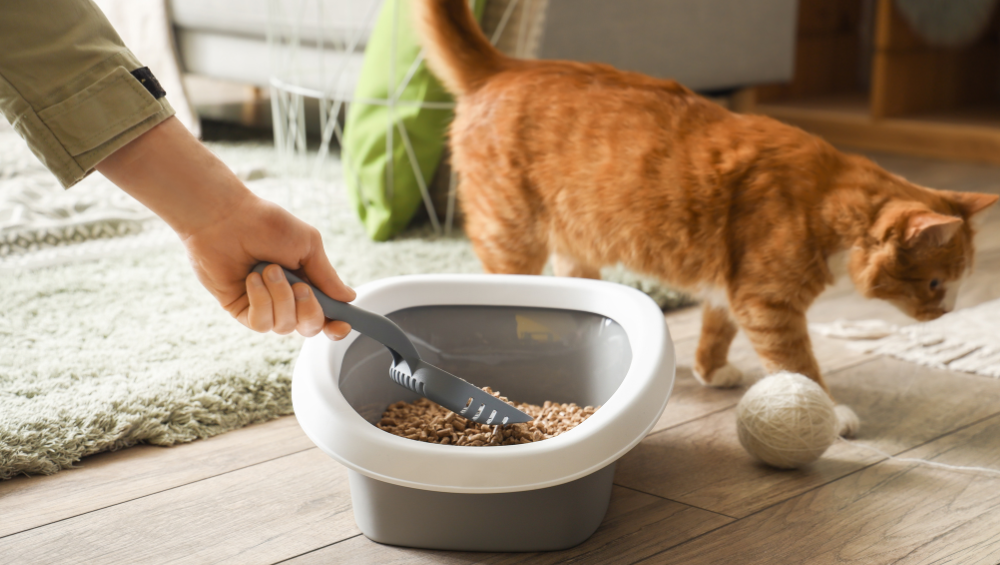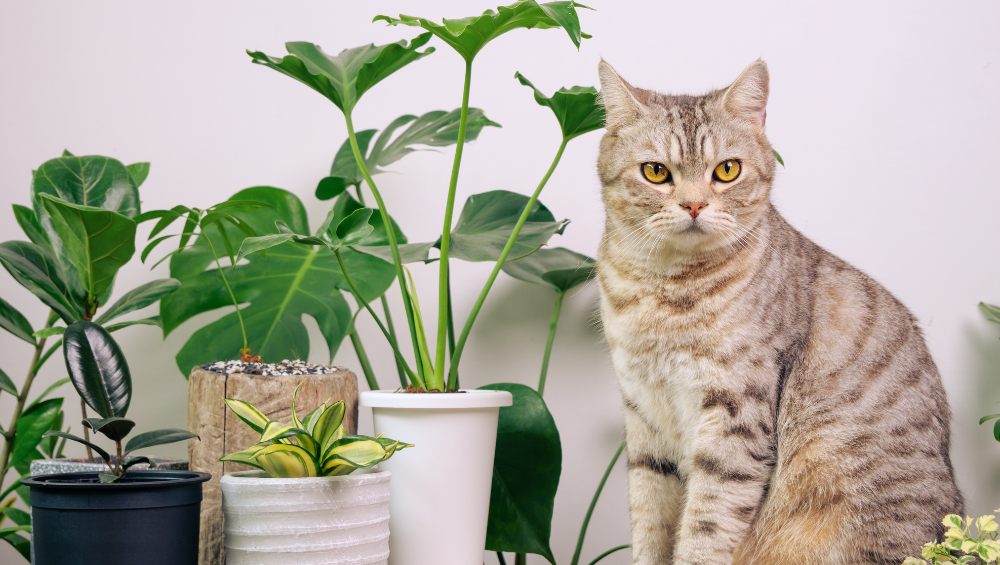Mental health problems are among the USA’s greatest problems. But the good thing is that pets have a positive influence on this point.
As we say, Man’s best friend is a dog,” and “Dogs love us unconditionally.”
Not only this, but they continue to aid humans in a variety of ways, from sniffing out drugs and pulling sledges to guiding the blind and finding explosives. Moreover, many of us consider them family.
In this article, we’ll discuss the positive effects having a furry family member will have on your physical and emotional health.
The following epitaph illustrates the special connection between humans and dogs.
Owning a dog is linked to better heart health.
Dog ownership is associated with reduced blood pressure as well as lower triglyceride and cholesterol levels, implying a mechanism for these better health outcomes. As well as reduce the feeling of loneliness.
Dogs provide extra possibilities for physical activity.
They may be the best workout friends, motivating their owners to get out of bed in the morning. Dog owners are more likely to exercise their dogs, as advised by the American Heart Association.
Dogs help us stay in shape. Every dog owner understands that keeping a dog entails several walks, regardless of whether it is pouring, snowing, windy, or dark.
It’s a good positive effect on a pet parent’s overall physical wellbeing.
Dogs may promote sounder sleep.
Sleeping next to your dog can strengthen your relationship, but it’s a personal decision that has drawbacks (like snoring!). A combination of feel-good chemicals are released when you cuddle up to your dog, assisting your pre-bed relaxation. Some trained dogs can reduce the severity of nightmares.
Helping you with networking:
Dogs have a unique ability to bring people together, and their presence often helps reduce social barriers and anxiety. The companionship and shared experiences with dogs create a strong bond between owners and open doors to new friendships and connections.
Establishing a daily routine and organization:
Dogs need a regular food and exercise routine. A consistent schedule and order for both you and your dog may foster a peaceful environment that is advantageous to both of you. It may assist you in taking care of your personal wellbeing and guarantee that your dog receives the love, care, and attention they require to flourish.
Your attitude and life might be changed positively in a variety of ways by dogs. We shall conclude this piece by urging everyone to find some puppy love, since dogs truly do make our lives better! The benefits of dog ownership may not be realized, but a nice long walk or lengthy dog cuddle will undoubtedly make you happy the rest of the day.






